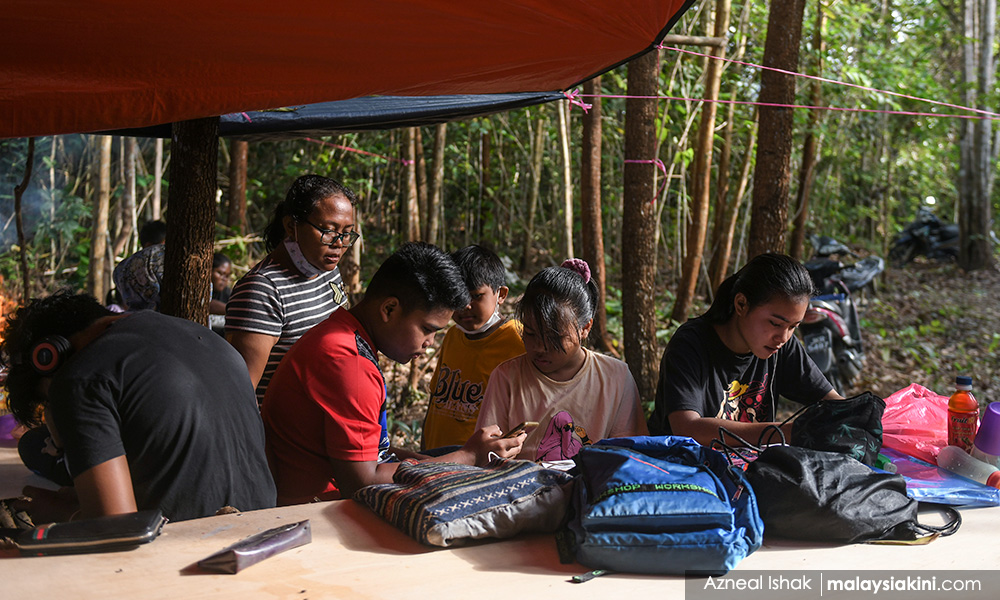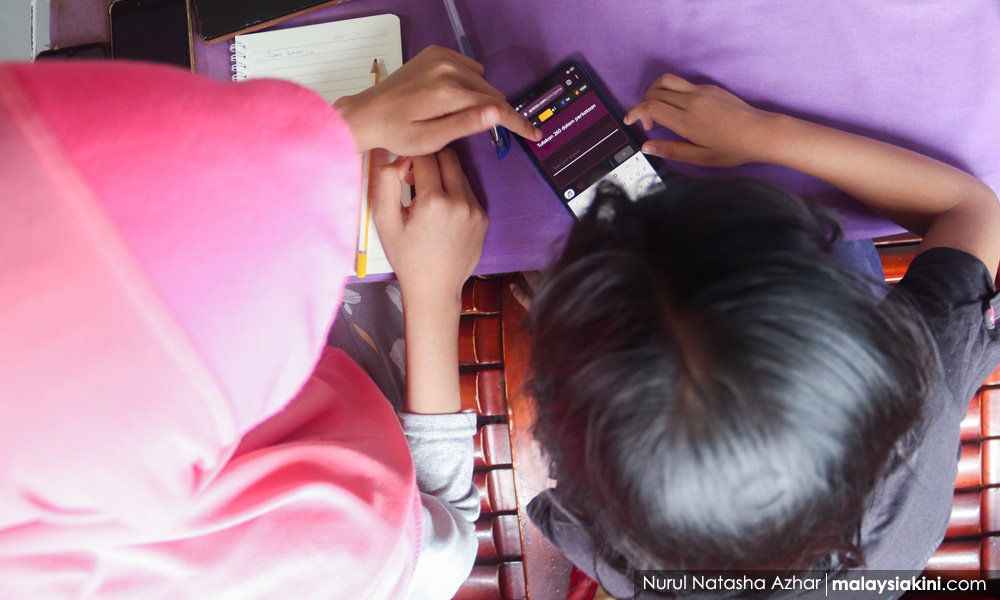The recent media reports that school students who have been absent for more than three consecutive online teaching sessions will run the risk of suspension from school is certainly cause for concern.
This simplistic response to the less than satisfactory attendance rates, revealed by recent research, is punitive. It is a one-size-fits-all, blanket solution to a complex problem, that disregards the teaching and learning experiences of different groups of students, especially the poor and marginalised, during the Covid-19 pandemic.
To address the problem, we need to take cognisance of some of the root causes of poor attendance rates to online teaching. Despite efforts to provide students with special data plans to access the internet, and in some cases to provide laptops and mobile devices for online learning, there remain serious logistical and infrastructure problems with online teaching and learning during the pandemic.
Students in B40 communities, for example, do not have the luxury of one mobile device per child. Even if a mobile device is available in a household, it has to be shared by several school-going children. And this poses a problem because the school timetables mandate that synchronous, online classes involving several siblings in the household may be conducted simultaneously.
Also, crowded and noisy home environments may not be conducive to online learning. On top of that, because of extenuating circumstances during the pandemic many school-going children in B40 households, for instance, may be obligated to look after younger siblings or help with household chores during school hours, thus impeding their ability to participate in online tasks during school hours.
Needless to say, there continue to be connectivity and internet access issues especially in outlying parts of the country. We all remember the recent case of Viveonah Mosibin, the student in Sabah, who became an instant media sensation because she had to climb a tree to receive stronger internet signals to take her exams because internet access in her locality was a problem.
The difficulties Viveonah experienced continues to plague many school-going children in the country. Also, some assigned online learning experiences involve downloading larger pdf documents or viewing YouTube videos, all of which take a toll on available data plans and may impose an added cost burden on parents, in an already tight financial situation.
In view of these situational realities, it would certainly be simplistic to punish school children with suspension for non-attendance in online sessions. We need to address the underlying social conditions that contribute to some students’ inability to attend class, often because of factors beyond their immediate control.
Need to rethink 'attendance' as sole measure of learning
The PdPR (Pengajaran Pembelajaran di Rumah) initiative involves “home-based teaching and learning.” And as the name of this initiative suggests, it would involve a range of teaching and learning experiences at home.
Some of these initiatives would be synchronous (occurring simultaneously for all learners in a cohort); and some would be asynchronous (occurring at different times determined by the learners, depending on his or her pace, and local realities).
Asynchronous activities may be online or may even involve more traditional, non-online activities, occurring at different times. Given this range of teaching-learning activities, the concept of attendance as a measure of learning experience is potentially problematic, if by attendance one refers merely to synchronous online involvement.
In this regard, an overreliance on synchronous online teaching involving, for instance, back-to-back online classes from say, 8am to 2pm, may be tiring for younger learners and adolescents and induce what is termed ‘Zoom fatigue.’ This could certainly affect attendance rates.
Thus, rather than focus narrowly on attendance rates as a sole measure of learning, one should consider the added challenge of ensuring student engagement, and hence their motivation to learn at home. While many teachers throughout the country have indeed responded admirably, by rising to the occasion, to provide online teaching during the pandemic, there is certainly more to be done by way of teacher professional development to help teachers address the challenge of "pandemic pedagogy".
Mere talking heads on the screen, with little dialogic learning and learner interaction, would be less than ideal in creating learning environments that are meaningful and stimulating. Thus, low student attendance rates may be the result of the complex of inter-related issues, all of which would have to be addressed to involve students actively in meaningful learning activities during the pandemic.
Merely apportioning blame on students for their absence in online classes, or worse still, punishing them with suspension does little to alleviate the problems of quality of teaching and conducive learning environments, during this very challenging period. - Mkini
MOSES STEPHENS GUNAMS SAMUEL is a senior research fellow at the School of Education, Taylor’s University.
The views expressed here are those of the author/contributor and do not necessarily represent the views of MMKtT.





No comments:
Post a Comment
Note: Only a member of this blog may post a comment.